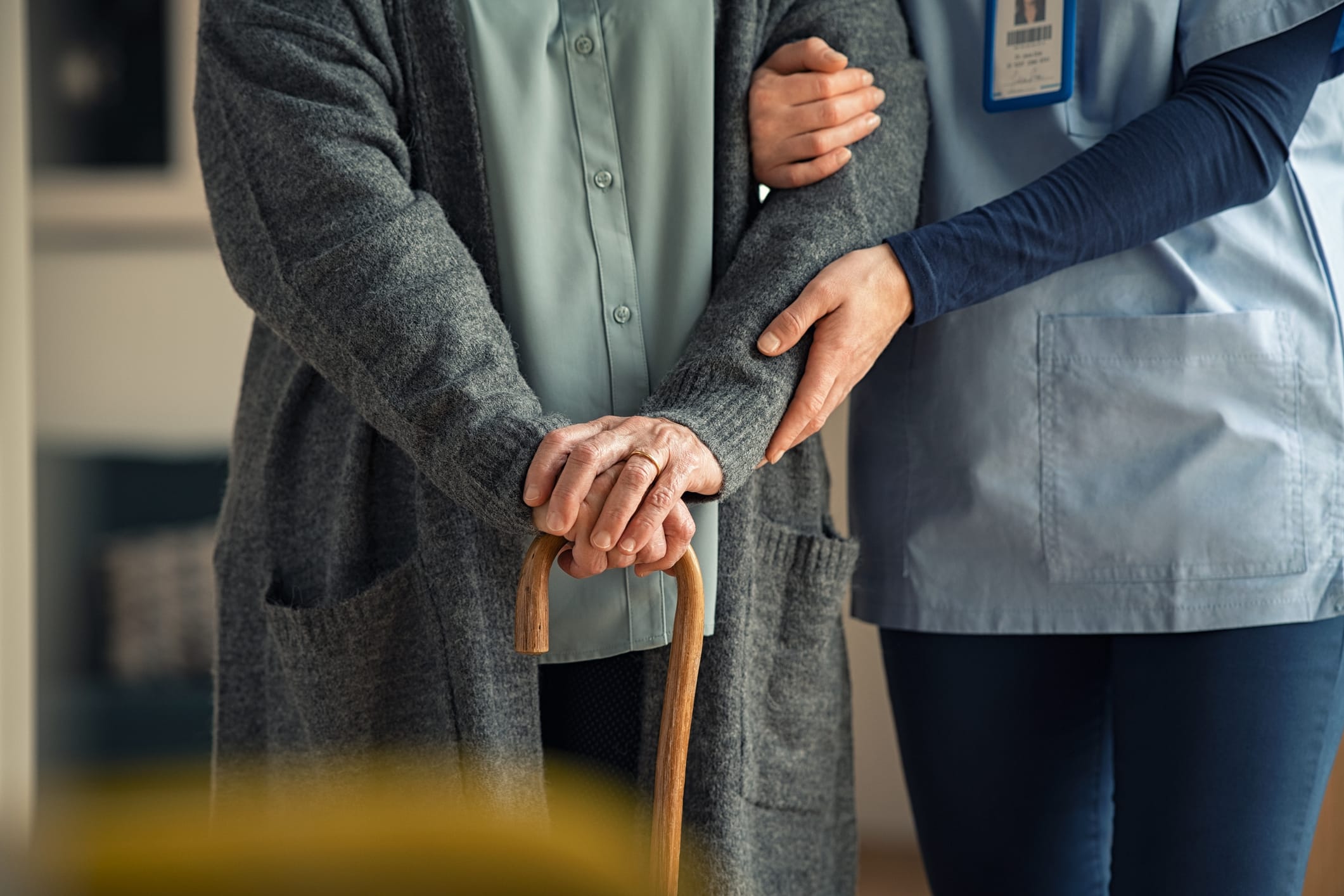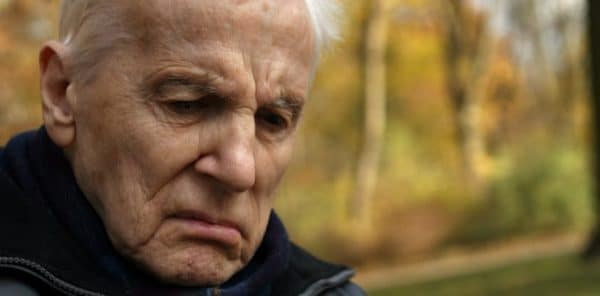
The Short Answer:
To prove nursing home negligence, you must show that the facility failed to meet its duty of care and that this failure caused your loved one harm. This often involves collecting documentation, medical records, witness statements, expert opinions, and inspection reports. Working with an experienced nursing home abuse lawyer can strengthen your case and help you seek the justice your family deserves.
Key Takeaways
- Nursing home negligence involves a breach of the facility’s duty of care that results in harm to a resident.
- Important evidence includes photos, medical records, witness testimonies, and state inspection reports.
- Warning signs like unexplained injuries or rapid health decline may indicate neglect.
- Proving negligence can be difficult without access to records or cooperation from staff.
- A nursing home abuse lawyer can help gather evidence, meet legal deadlines, and build a strong case.
Table of Contents
- Why Proving Nursing Home Negligence Matters
- Legal Definition of Negligence in Nursing Homes
- Key Evidence Used to Prove Nursing Home Negligence
- Warning Signs of Nursing Home Negligence
- Challenges in Proving Nursing Home Negligence
- Why Work With a Lawyer on Your Claim
- Contact The McMahan Law Firm for Help Proving Nursing Home Negligence
Why Proving Nursing Home Negligence Matters
Proving nursing home negligence is an important step in protecting vulnerable residents and holding care facilities accountable. Negligence occurs when a nursing home fails to meet its duty to provide safe, adequate care, and that failure results in harm. This can include anything from ignoring medical needs and allowing dangerous falls to not addressing basic hygiene or nutritional needs.
When negligence goes unaddressed, residents may suffer serious physical and emotional consequences. Common outcomes include bedsores, infections, broken bones, dehydration, emotional distress, or even wrongful death. These injuries are not just painful—they are often preventable with proper care.
To pursue justice and compensation, families must provide clear evidence that negligence occurred. Legal proof helps ensure the facility takes responsibility and may also prevent future harm to other residents. It’s the foundation for filing a successful claim and recovering damages for medical costs, pain, suffering, and more.
Legal Definition of Negligence in Nursing Homes
To successfully prove nursing home negligence, you must demonstrate 3 legal elements:
- Duty of Care: The nursing home had a legal obligation to provide a reasonable standard of care to the resident.
- Breach of Duty: The facility or its staff failed to meet that standard by acting carelessly or failing to act when necessary.
- Causation: The breach directly resulted in harm or injury to the resident.
Negligence is different from abuse. Elder abuse involves intentional harm, such as hitting, yelling, or isolating a resident. Neglect, on the other hand, may stem from understaffing, poor training, or carelessness and usually involves failures in providing necessary care, like missed medications, untreated injuries, or failure to assist with mobility.
In some cases, nursing home negligence may rise to the level of medical malpractice—especially if the harm results from a medical professional’s failure to follow accepted standards. For example, a nurse administering the wrong medication or a doctor ignoring critical symptoms could be considered malpractice.
Key Evidence Used to Prove Nursing Home Negligence
One of the most effective ways to support a nursing home negligence claim is through thorough documentation. Keep a detailed log of concerning events, including dates, times, and specific descriptions of what occurred. This record can help establish a pattern of neglect or show repeated failures in care.
Take clear photos of any visible injuries, such as bruises, bedsores, or other signs of physical harm. These images can serve as powerful visual evidence.
Also, track changes in the resident’s behavior or appearance. Sudden weight loss, confusion, withdrawal, or fearfulness may signal neglect and can strengthen your case when combined with other forms of evidence.
Medical records can reveal serious signs of nursing home neglect. Carefully review these documents for red flags such as untreated bedsores, improper medication administration, or missed or delayed treatments. These issues can point to a failure in providing proper medical care.
To build a stronger case, compare the doctor’s orders to what was actually done. If a physician prescribed a specific treatment or medication and it was not given, that discrepancy could serve as key evidence of negligence. Accurate and consistent medical records, or the lack of them, can make a major difference in proving your claim.
Statements from people who have observed conditions inside the nursing home can be valuable in proving negligence. This includes residents, family members, or even staff who are willing to speak out about what they’ve seen or experienced.
Witness testimonies can help support your claims and highlight recurring issues or patterns of neglect. When multiple people report similar problems, it strengthens the credibility of your case and may point to broader issues within the facility.
Expert testimony can play a critical role in proving that a nursing home failed to meet the appropriate standard of care. Doctors, elder care specialists, and licensed nurses can review the evidence and provide professional opinions on what should have been done differently.
These experts help explain the accepted standard of care and how the facility’s actions—or inaction—violated it. Their insight can clarify complex medical or care issues for the court and add credibility to your claim.
Facility records such as state inspection reports, internal incident logs, and formal complaints can serve as strong evidence in a nursing home negligence case. These documents often detail violations, patterns of unsafe practices, or past incidents that reflect a facility’s overall quality of care.
When reviewed together, these records may reveal systemic problems—such as repeated citations for staffing shortages or sanitation issues—that support your claim. They can also highlight whether the facility had previous warnings or failed to correct known problems.
Visual proof can be one of the most compelling forms of evidence in a nursing home negligence case. Surveillance footage and personal photos can clearly document injuries, unsafe conditions, or neglectful behavior.
These images or videos may capture things like residents left unattended, unsanitary living spaces, or staff failing to respond to emergencies. If available, such evidence can powerfully support your claims and demonstrate exactly what took place.
Warning Signs of Nursing Home Negligence
Certain symptoms and incidents can point to nursing home negligence, even before you have full evidence. These warning signs may suggest that a resident is not receiving proper care:
- Unexplained injuries like bruises, cuts, or broken bones
- Missed or incorrect medications that don’t match prescriptions
- Sudden weight loss or signs of dehydration, which could indicate nutritional neglect
- Bedsores or pressure ulcers caused by a lack of movement or hygiene
- Frequent, unexplained hospital visits without a clear reason from staff
If you notice any of these red flags, start gathering documentation right away. These signs can be used as part of a broader pattern of neglect when building your case.
Challenges in Proving Nursing Home Negligence
Even when signs of neglect are obvious, proving it legally can be difficult. Families often face several roadblocks when trying to gather the evidence needed for a claim.
- Accessing facility records can be challenging, especially if the nursing home is uncooperative or delays requests for documentation.
- Getting staff or witnesses to speak up may also be difficult. Employees might fear retaliation, and other residents may be reluctant or unable to testify.
- Records may be missing or incomplete, either due to poor documentation practices or intentional concealment.
These obstacles can weaken a case unless handled promptly and strategically. That’s why legal support is often crucial to uncover the full scope of what happened and build a strong claim.
Why Work With a Lawyer on Your Claim
Proving nursing home negligence requires more than just suspicion—it requires strong, organized evidence. A skilled legal team can make all the difference.
- Lawyers know how to gather and preserve crucial evidence, such as medical records, inspection reports, and witness statements.
- They understand complex medical and regulatory documents and can identify where the nursing home may have failed to meet required standards.
- Legal professionals also make sure your case is built and filed before deadlines expire, protecting your right to seek compensation.
Working with a lawyer gives your claim the structure, support, and legal weight it needs to be taken seriously, both by nursing home operators and in court.
Contact The McMahan Law Firm for Help Proving Nursing Home Negligence
If you suspect a loved one is being neglected in a nursing home, don’t wait to take action. Proving negligence can be complex, but you don’t have to do it alone. The McMahan Law Firm is here to support families in holding facilities accountable and seeking justice for the harm done.
Our legal team can review the facts, gather key evidence, and guide you through the legal process with care and experience. Contact us today for a free consultation and take the first step toward protecting your loved one’s rights.



